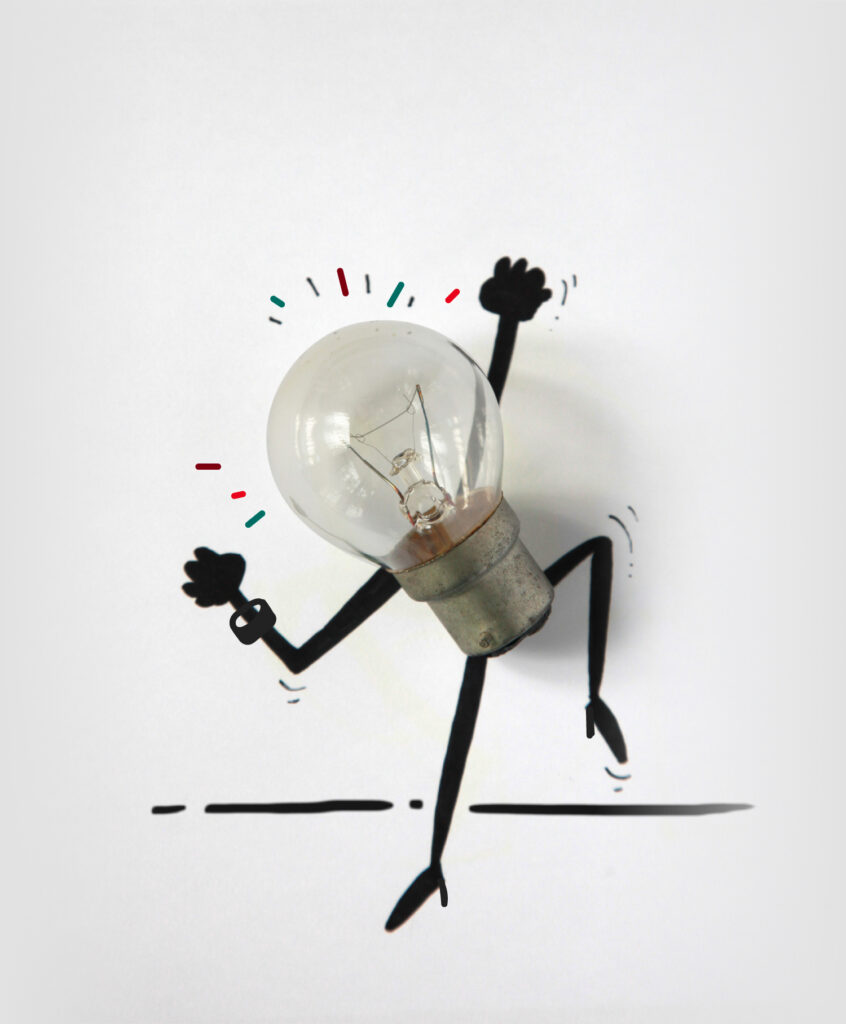You have a pull-up banner, logoed apparel, and snazzy promotional products. Business cards and brochures are printed, and your booth backdrop is packed and ready to be shipped to the convention center. You’re all set for the trade show, right? Not quite yet! None of these items will guarantee a successful outcome — customers! — without careful planning.
Let’s start from the beginning: should you even attend this trade show? As a rule, if your competitors will be there you should be, too. Failure to appear can send the wrong message, implying that your company is experiencing financial constraints or is no longer interested in the attendee base as customers. Before committing, however, make sure the show is in line with your company’s priorities and business development plan.
The cost of booth space, a hotel stay, flights, and out-of-town meals can add up quickly. If you are spending your company’s money on a trade show, follow these tips to ensure you are maximizing the return on investment.
Establish a pre-show plan.
Make a plan to leverage events and the time spent at the show — during display hours or not — to optimize attendees’ engagement with your company.
- Pursue opportunities to be a keynote or breakout session speaker at the show, which will raise your company’s profile and highlight your subject matter expertise.
- If possible, gain access to the attendee list. Reach out to show attendees in advance, with a specific call-to-action aimed at increasing awareness of your presence. Invite prospects to your booth, where you will have a special offer just for them.
- Arrange dinner with a high-potential target.
- Host an invitation-only reception.
Prepare for after the show.
With a good pre-show plan in place, you can expect to return to the office with a solid list of prospects. Advance preparation will greatly expedite follow through after the show, giving you a leg-up on competitors.
- Before attending the show, define your overall trade show sales process, key qualification questions, and follow-up script.
- Create a post-show email or mailer in advance, telling the prospect you will reach out to them again within the week. While email is efficient and less expensive, a note sent by mail is more distinct and doesn’t have the potential to get lost in the recipient’s in-box.
Ask questions at the show.
The most effective salespeople listen more than they speak (see last month’s blog for more on this). Your time with a trade show prospect is likely limited, so streamline your elevator pitch and get right to qualification questions.
- Start with “Are you currently working with an agency/vendor to address your need?” The in-person, conversational nature of a trade show typically yields a robust response about existing relationships.
- Allow the prospect ample opportunity to share their thoughts.
- Once they have finished, continue to explore their potential with relevant follow-on questions.
Follow up after the show.
You made good contacts at the show; now it’s time to close the business.
- Add valid prospects to the CRM, making notes about your interaction and any unique information learned in conversation.
- One or two business days after the show, send the email or mailer you prepared earlier. Use the information captured in the CRM to personalize your message so the recipient is more likely to remember you.
- Execute the previously-defined trade show sales process, working towards turning trade show prospects into customers.
Measure the return on investment.
Was the trade show worth the time and money invested? This question can be answered by evaluating the sales funnel. Depending on the length of your sales cycle, this data may require months to gather and, in some cases, you may need to attend a trade show for a couple of years before deciding if it is a worthwhile investment. Ask yourself:
- How many contacts did you make at the show?
- How many of these people did you meet with?
- Of those, what percentage resulted in business for your company, and for what dollar amount?
While fancy displays and cool giveaways are a staple of trade shows, a good strategy is fundamental to turn show attendees into customers. After all, isn’t that the whole point?


